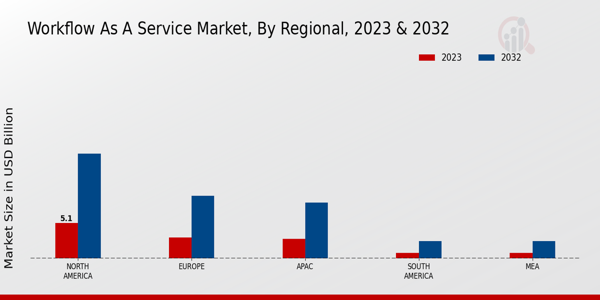The Workflow as a Service Market has become a dynamic arena characterized by rapid advancements in technology and increased demand for efficient business processes. In this competitive landscape, various providers are constantly innovating to offer comprehensive solutions that enhance productivity and streamline operations for organizations of all sizes. As enterprises increasingly seek to automate their workflows and integrate systems, the competition among service providers is intensifying. Companies in this space are focusing on developing robust platforms that offer seamless integration, user-friendly interfaces, and customizable features to meet the varying demands of their clients.
This ecosystem of innovation is fostering an environment where agility, scalability, and customer-centric approaches are paramount for success.Monday.com has established a formidable presence in the Workflow as a Service Market, recognized for its visually appealing interface and intuitive design. The platform empowers teams to create custom workflows that can be tailored to specific project needs, offering a number of features that facilitate collaboration and communication among users. Known for its strong customer support and user engagement strategies, Monday.com allows organizations to easily monitor projects and workloads in real-time, which significantly enhances productivity.
Its ability to integrate with various tools and systems helps businesses streamline their processes, showcasing its strength as a versatile solution across diverse industries. Furthermore, the company continuously invests in research and development to enhance its offerings, ensuring it remains competitive in a constantly evolving market.IBM also plays a significant role in the Workflow as a Service Market, leveraging its extensive expertise in cloud computing and enterprise solutions to provide advanced workflow automation services. IBM’s offerings cater to large organizations and complex business environments, allowing for deep customization and high levels of integration with existing systems.
The company is well-regarded for its strong focus on security and compliance, which is increasingly crucial in today’s digital landscape. Through its sophisticated analytics capabilities, IBM enables organizations to gain valuable insights into their workflows, optimizing performance and reducing operational costs. Moreover, the adoption of AI and machine learning technologies in IBM’s services enhances decision-making processes, further solidifying its position as a leader in the market and attractive to businesses seeking reliable and scalable workflow solutions.
















